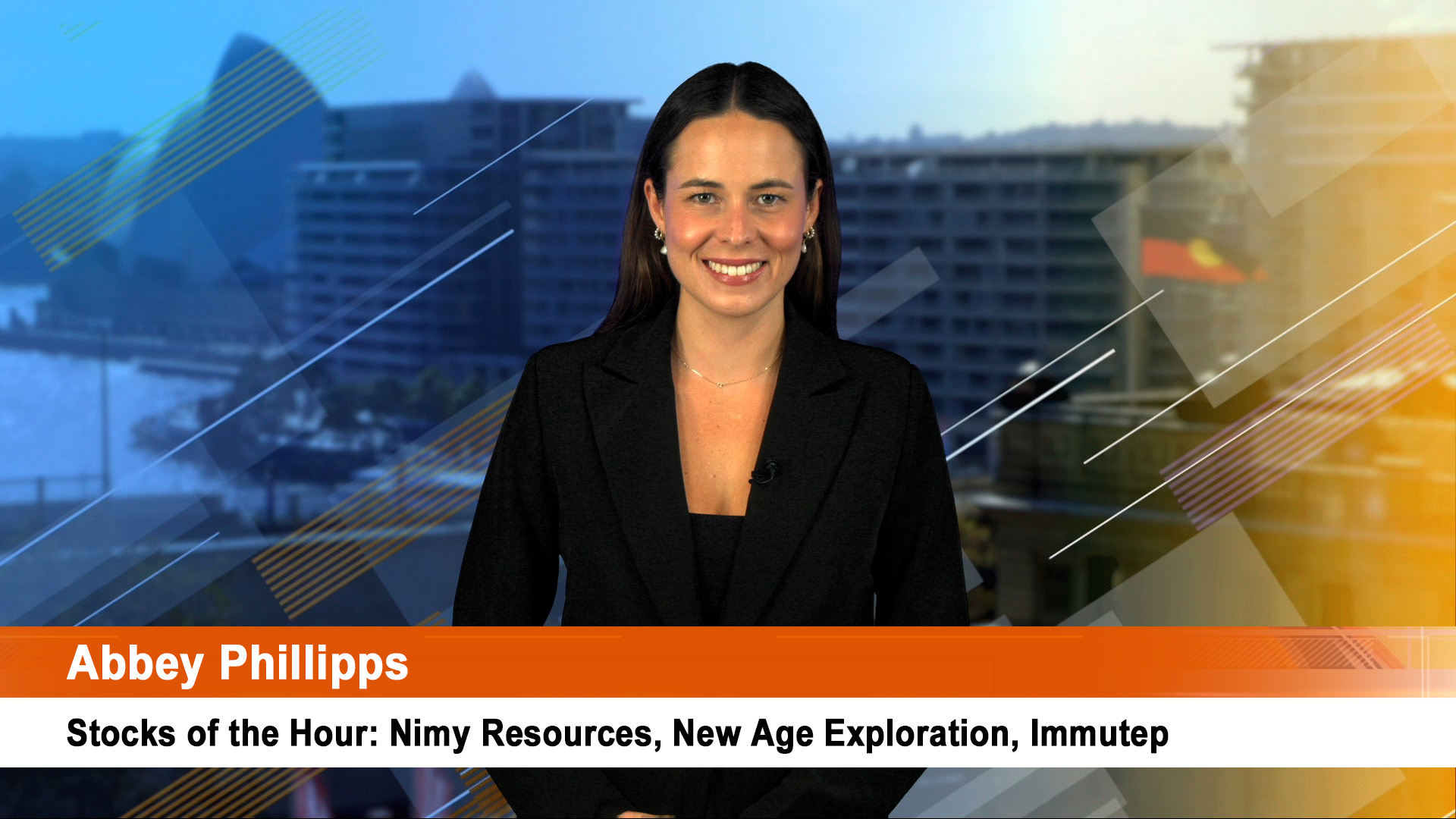Oil prices settled higher Friday as a forecast for rising global crude demand, and supply boosts from Russia offset growing concerns about trade tensions and problems in Turkey impacting European and other economies.
While the International Energy Agency (IEA) lifted its forecast for global oil demand growth 100,000 barrels a day to 1.5 million barrels in 2019, a sharp fall in US bond yields, a rise in the value of the greenback and a yet another series of record lows for the Turkish lira hit financial markets.
That overshadowed the mostly positive news from the IEA, which also said global supply had risen by 300,000 barrels a day last month, mainly because of higher output from Russia and OPEC.
But the IEA did warn that the growing US-China trade spat could have lasting impact if it worsens. As well a sharp rise in the number of new rigs looking for oil in the US failed to impact sentiment.
West Texas Intermediate (WTI) futures for September delivery rose 82 cents, or 1.2%, to $US67.63 a barrel in New York while Brent crude for October rose 74 cents, or 1%, to $US72.81 a barrel. Both contracts though had weekly declines, with WTI down 1.3%, and Brent dropping 0.6%.
Investors have also been the tariffs introduced by the US and China in the past two months, fearing that the trade spat could eventually impact global growth. So far, US crude oil has been excluded from China’s list, but LNG (a growth sector) has.
In a Friday update, China’s Ministry of Commerce didn’t explain the omission of US type crudes. Other new tariffs will apply from August 23.
Baker Hughes on Friday reported that the number of active U.S. rigs drilling for oil increased by 10 to 869 for the week, coming after the report showed a fall of 2 in the earlier period.
The total active US rig count, which includes oil and natural-gas rigs, increased by 13 to 1,057 from 1,044 last week, according to Baker Hughes. That’s one of the highest weekly increases for US oil rig numbers this year.
Although the IEA did not cut its annual oil demand expectations in its latest report, it said “growth could cool down later this year and into 2019.” The Agency warned this could “dampen” the price impact of new US sanctions on Iran’s oil industry, which are expected to curb supply from the country from November.
The IEA still said, however, tighter US sanctions on Iran remain a major risk to global supplies. Saudi Arabia and Russia have been boosting oil output in advance of November but this has raised fears global spare capacity is at very low levels.
“Maintaining global supply might be very challenging and would come at the expense of maintaining an adequate spare capacity cushion,” the IEA said.
World oil prices have eased since Opec and Russia started raising production last month. Brent crude, the international marker has fallen from around the $US80 a barrel mark to near $US70 in recent months.
“This cooling down in prices is clearly welcome for consumers,” the IEA said in something of an understatement.













